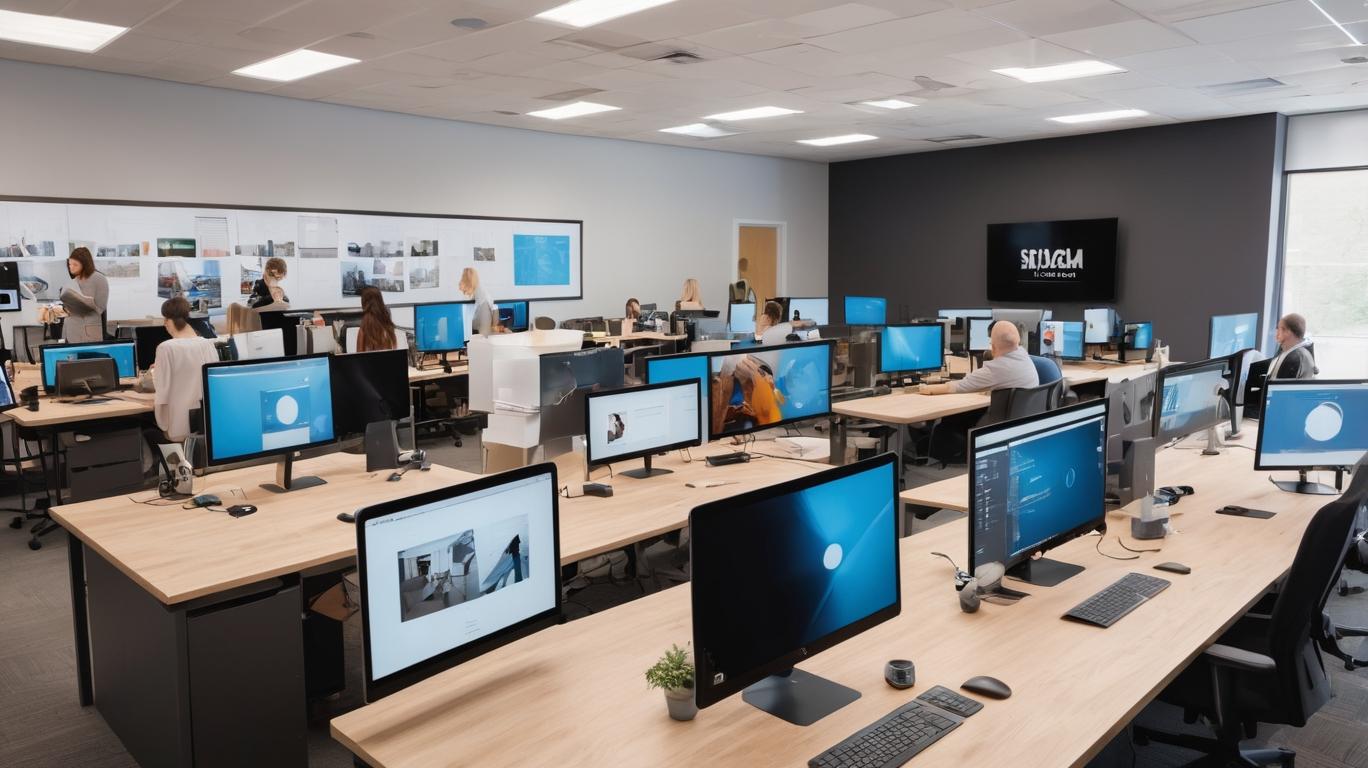In today’s fast-paced world, water and wastewater facilities face increasing pressure to operate efficiently while managing costs and maintaining regulatory compliance. One of the most transformative solutions helping utilities and plant operators meet these demands is remote technology. By harnessing remote monitoring and control systems, organizations can oversee multiple sites simultaneously with fewer staff, optimizing resources and enhancing operational performance. This article explores how remote tech revolutionizes water and wastewater level monitoring, enabling smarter management of dispersed infrastructure with reduced manpower.
The Challenge of Managing Multiple Sites
Water and wastewater treatment plants, lift stations, and pumping facilities are often spread across wide geographic areas. Traditionally, managing these sites required frequent on-site visits by operators and technicians to collect data, inspect equipment, and respond to alarms. This approach is labor-intensive, costly, and prone to delays, especially when emergencies arise at remote or hard-to-access locations.
Moreover, manual data collection can lead to errors and missed anomalies, increasing the risk of equipment failures or environmental compliance issues. As utilities face staffing shortages and budget constraints, the need for more efficient management methods has become critical.
How Remote Technology Transforms Site Management
Remote monitoring technology enables operators to collect real-time data from sensors installed at various sites and access this information from centralized control rooms or even mobile devices. This capability dramatically reduces the need for physical site visits, allowing fewer staff to manage more locations effectively.
For example, water and wastewater level monitoring sensors continuously track parameters such as water height, flow rates, pump status, and chemical dosing levels. These sensors transmit data wirelessly to cloud-based platforms, where operators can visualize system performance, detect anomalies, and receive instant alerts about potential issues.
By integrating remote control features, operators can also adjust equipment settings, start or stop pumps, and respond to alarms without leaving their desks. This real-time control capability further reduces downtime and improves response times.
Benefits of Remote Monitoring and Control
1. Increased Operational Efficiency
Remote technology streamlines data collection and analysis, freeing operators from routine manual tasks. With automated alerts and dashboards, staff can prioritize critical issues and make proactive decisions, improving overall plant performance.
2. Cost Savings
Reducing the frequency of site visits lowers travel expenses and labor costs. Additionally, early detection of equipment malfunctions through continuous monitoring prevents costly breakdowns and emergency repairs.
3. Enhanced Regulatory Compliance
Real-time data ensures accurate and timely reporting to regulatory bodies. Remote monitoring systems can track discharge parameters and treatment effectiveness, helping facilities maintain compliance with environmental standards.
4. Improved Safety
Minimizing on-site visits reduces operator exposure to hazardous environments. Remote access also enables quick troubleshooting in emergencies, protecting both personnel and the environment.
5. Scalability and Flexibility
Remote monitoring networks can easily expand to include new sites or sensors without significant infrastructure changes. This flexibility supports growing utilities and evolving operational needs.
Implementing Remote Monitoring: Best Practices
-
Select Reliable Sensors: Choose durable, accurate sensors designed for harsh water and wastewater environments. Consider technologies like ultrasonic or radar sensors for non-contact water level measurement.
-
Ensure Robust Communication: Utilize cellular, LoRaWAN, or satellite networks to guarantee consistent data transmission, even in remote locations.
-
Integrate Data Platforms: Use centralized dashboards that consolidate data from all sites, providing intuitive visualization and actionable insights.
-
Set Custom Alerts: Configure alarms based on site-specific thresholds to avoid alert fatigue and ensure timely responses.
-
Train Staff: Equip operators with skills to interpret remote data and manage control systems effectively.
Real-World Success Stories
Many utilities have embraced remote monitoring to optimize operations. For instance, a regional wastewater authority deployed wireless water level sensors and remote control valves across dozens of lift stations. This allowed a small team to monitor pump performance, detect blockages early, and adjust flows remotely, significantly reducing emergency call-outs and maintenance costs.
Another example is a municipal water utility that implemented a cloud-based monitoring system for its reservoirs and treatment plants. Operators accessed real-time water quality and level data on mobile devices, enabling rapid decision-making during storm events and drought conditions without dispatching field crews.
Overcoming Challenges
Adopting remote technology requires addressing challenges such as initial investment costs, cybersecurity risks, and ensuring reliable network coverage. Partnering with experienced technology providers and adopting industry best practices helps mitigate these issues. Additionally, phased implementation allows utilities to demonstrate quick wins and build confidence among staff.
The Future of Remote Site Management
Advancements in IoT, artificial intelligence, and machine learning will further enhance remote monitoring capabilities. Predictive analytics will enable even earlier detection of potential failures, while autonomous control systems may optimize operations with minimal human intervention. Integration with geographic information systems (GIS) will provide spatial context, improving asset management and emergency response.
As utilities continue to face workforce shortages and increasing regulatory demands, remote technology will be indispensable for managing water infrastructure efficiently and sustainably.
Conclusion
Remote technology is reshaping how water and wastewater facilities are managed, enabling operators to oversee more sites with fewer staff. Through continuous water and wastewater level monitoring, real-time data access, and remote control capabilities, utilities can improve operational efficiency, reduce costs, and enhance safety. Embracing these innovations is essential for modern water management, ensuring resilient and sustainable service delivery in an increasingly complex environment.



